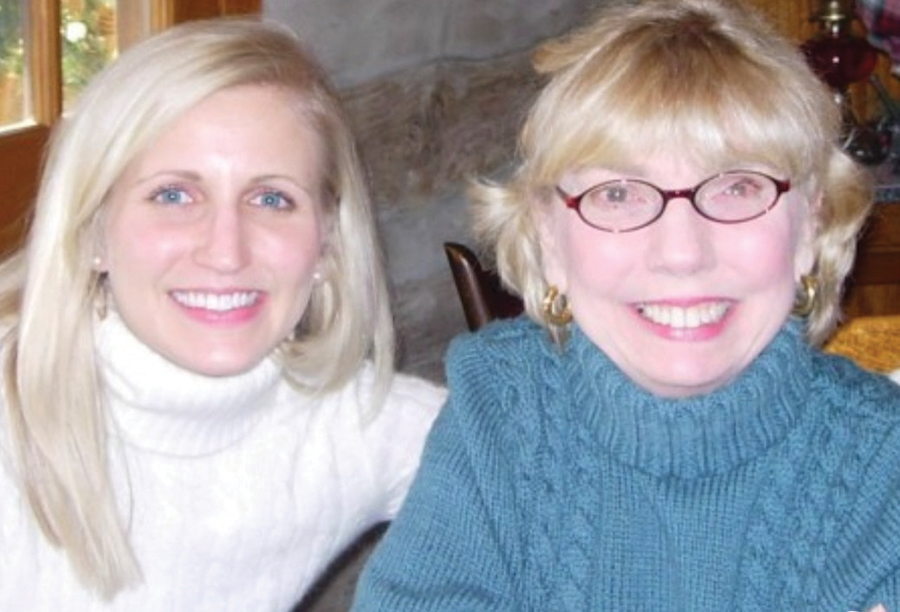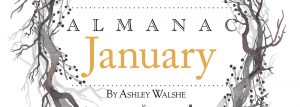
Joyful Expectations
Art, like life, is in the eye of the beholder

By Lindsay Moore
“Well,” said Pooh, “what I like best,” and then he had to stop and think. Because although eating honey was a very good thing to do, there was a moment just before you began to eat it which was better than when you were, but he didn’t know what it was called. — A.A. Milne
Whether negative or positive, expectations are part of what makes us human.
In the United States, most people have positive expectations from mid-November to New Year’s Eve. Filled with excitement and anticipation, they fuel their minds and spirits with hope amid the sorrows and challenges of life.
My Aunt Sallie, a native of Mayodan, lived every day with expectancy. In 1979, she moved to Greensboro. By age 36, she had opened an art gallery and had become a founding member of the Greensboro branch of the English-Speaking Union, serving in 1986 as a delegate to the World Conference in Edinburgh, Scotland.
These events were significant because when my aunt was 16, she was diagnosed with juvenile diabetes. At the time, the medical world estimated her life expectancy would be about 40. However, the medical world had grossly underestimated her expectations.
While over time her disease diminished her quality of life — she slowly lost her sight and had kidney and pancreas transplants — it never lessened her expectant spirit. In her 62 years, my aunt served as president of the Greensboro Opera. She also worked for the Greensboro Symphony Orchestra, where she implemented the annual orchestral program in Rockingham County’s public schools — the very school system that had educated us. Encouraging my own expectations was also a large part of her mission.
One of my favorite memories was our trip in 2004 to the N.C. Museum of Art in Raleigh. My aunt had been invited by the director to a private viewing of the Picasso-Matisse exhibit. She asked me to join her so I could visually describe the paintings to her. While I offered my observations, my aunt’s spirit grew with excitement. As she shared her own thoughts, she inspired in me an ability to see the familiar paintings in a way that I had never expected. Despite being blind, she saw the paintings, not with her sight, but by using sensory memory.
She made the works of art come alive in a way that neither my textbooks nor my professors had anticipated.
My aunt could see more because she employed her senses of taste, sound and smell to deepen her experience with the paintings. She remembered food she had tasted, music she had heard and texture she had felt during her travels and life experiences. She related these to each painting’s cultural heritage, enabling me to see it in a new light. Her senses enhanced the beauty she saw in the world through her soul and mind rather than her eyes.
For many, the time following the holidays is difficult because the days are cold and often do not offer joyful expectations. However, when I reflect on my aunt’s expectant spirit, I am inspired to expect joy during seasons that might otherwise seem unbearably dark. Like her, some people live with dark, seemingly hopeless circumstances. However, when we live like my Aunt Sallie and share our lives and talents with joyful expectancy, we inspire others to experience and share the same joy.
Expectations color our experience. They fill us with dread or excitement. They affect how we experience events. We often hear the phrase “choose joy,” but perhaps you might prefer to follow my Aunt Sallie’s life and expect joy. OH
Though living alongside the Mayo River in Rockingham County, Lindsay Moore is connected to Greensboro through the spirit of Howard Coble and her love of the local arts scene.





